How to Choose the Right Patient Bed: Essential Features to Consider for Optimal Care
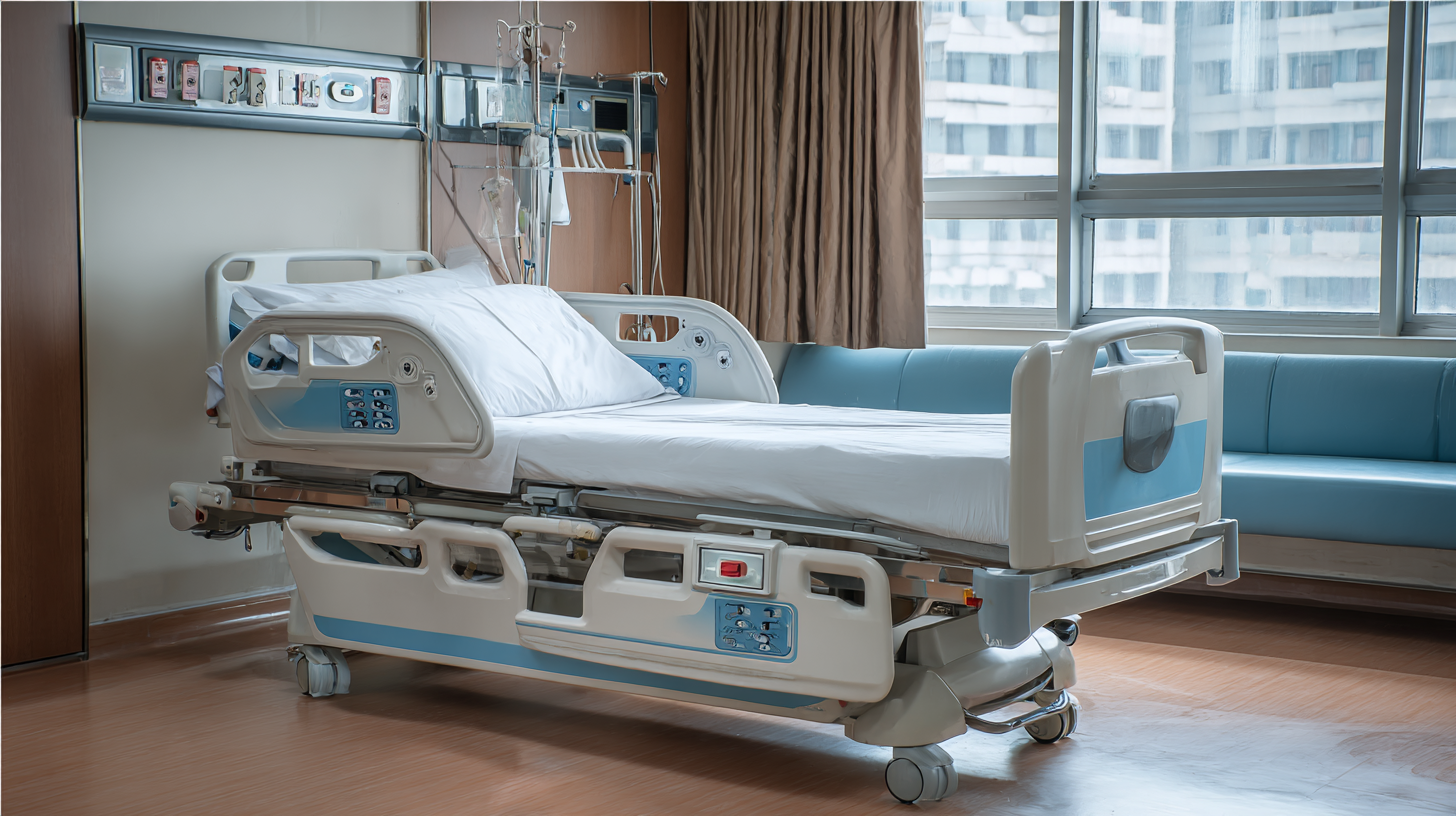 Choosing the right patient bed is a critical aspect of delivering optimal care in healthcare settings. Recent industry reports indicate that approximately 25% of hospital readmissions are related to inadequate patient care during the initial hospital stay, emphasizing the significance of well-designed patient beds in enhancing recovery outcomes.
The right patient bed not only supports the comfort and mobility of patients but also aids caregivers in providing efficient and effective treatment. Features such as adjustable height, pressure-relief mattresses, and integrated safety rails are essential for meeting the diverse needs of patients, particularly in long-term care facilities where around 70% of residents require assistance with daily living activities.
Consequently, understanding the fundamental features of patient beds can significantly impact patient satisfaction and overall healthcare quality, making it imperative for healthcare providers to carefully evaluate their options before making a purchase.
Choosing the right patient bed is a critical aspect of delivering optimal care in healthcare settings. Recent industry reports indicate that approximately 25% of hospital readmissions are related to inadequate patient care during the initial hospital stay, emphasizing the significance of well-designed patient beds in enhancing recovery outcomes.
The right patient bed not only supports the comfort and mobility of patients but also aids caregivers in providing efficient and effective treatment. Features such as adjustable height, pressure-relief mattresses, and integrated safety rails are essential for meeting the diverse needs of patients, particularly in long-term care facilities where around 70% of residents require assistance with daily living activities.
Consequently, understanding the fundamental features of patient beds can significantly impact patient satisfaction and overall healthcare quality, making it imperative for healthcare providers to carefully evaluate their options before making a purchase.
Identify Key Patient Needs for Bed Selection
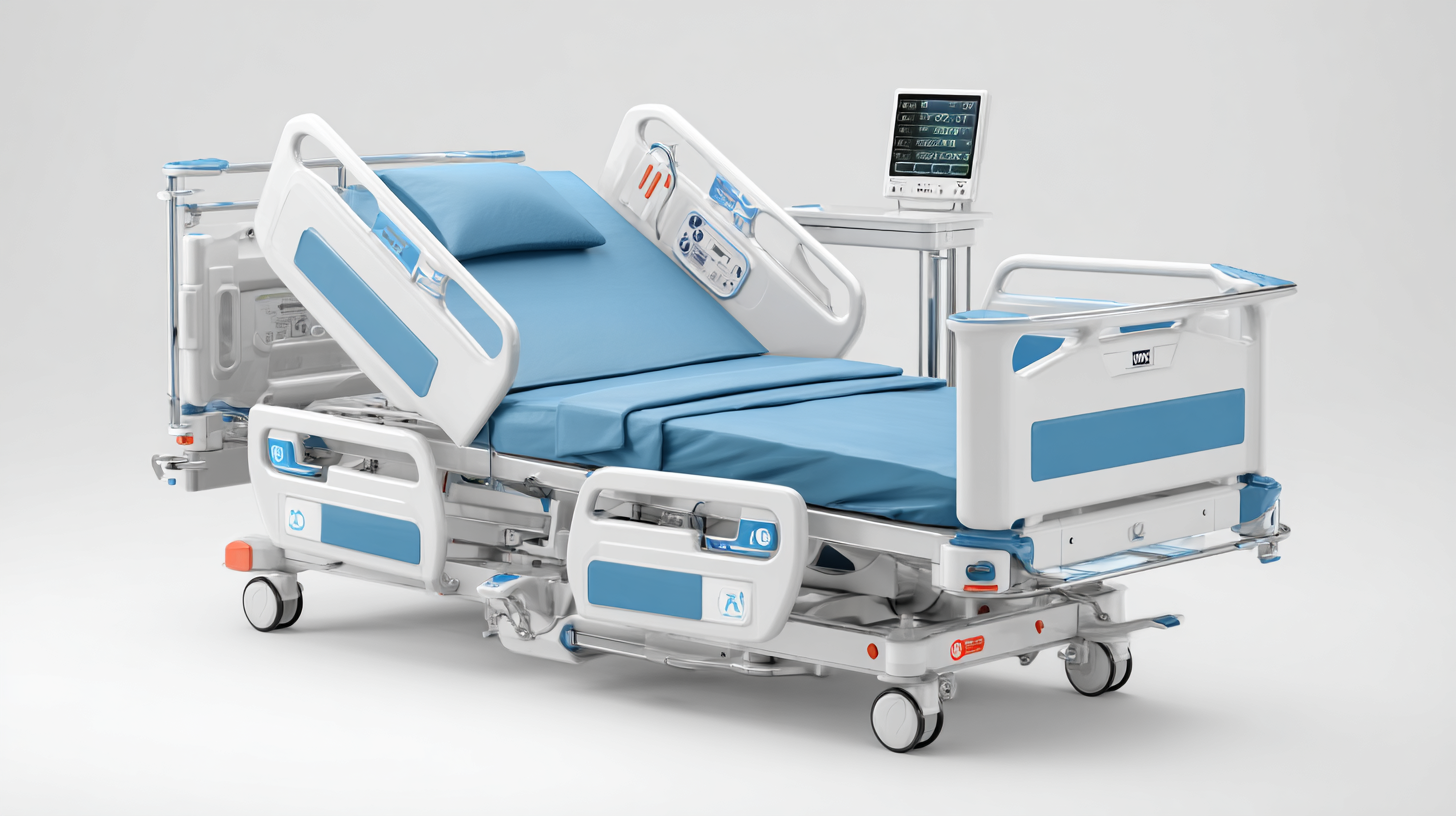 When selecting the right patient bed, identifying key patient needs is essential for optimal care. According to a report by the American Hospital Association, nearly 25% of adverse events in hospital settings are linked to issues with equipment, including beds. Thus, understanding patient requirements becomes crucial.
For instance, patients with mobility issues may require beds that allow for easy repositioning and support from side rails, while those with respiratory conditions benefit from adjustable head sections.
When selecting the right patient bed, identifying key patient needs is essential for optimal care. According to a report by the American Hospital Association, nearly 25% of adverse events in hospital settings are linked to issues with equipment, including beds. Thus, understanding patient requirements becomes crucial.
For instance, patients with mobility issues may require beds that allow for easy repositioning and support from side rails, while those with respiratory conditions benefit from adjustable head sections.
Tips: Always assess the patient's specific medical conditions and mobility levels before making a purchase. In addition, consider the bed's height adjustability, as this can significantly impact caregiver ergonomics and patient safety. A study published in the Journal of Clinical Nursing found that beds with electric adjustments reduced caregiver strain by over 30%, emphasizing the importance of functionality in bed selection.
Moreover, infection control is a critical factor. Beds constructed from materials that are easy to clean and possess antimicrobial properties help minimize hospital-acquired infections. Reports indicate that using such materials can reduce infection rates by up to 15%, underscoring the need to prioritize hygiene when choosing patient beds. Ultimately, prioritizing these features ensures that patient beds not only meet individual care needs but also enhance overall safety and wellbeing.
Evaluate Different Bed Types: Standard vs. Specialty
When selecting the right patient bed, it’s vital to evaluate the differences between standard beds and specialty beds. Standard hospital beds are designed for general patient use and typically include adjustable features for comfort and accessibility. They are suitable for many medical conditions but may not address the specific needs of patients with unique health challenges.
On the other hand, specialty beds cater to particular requirements, such as pressure relief and improved mobility. Examples include alternating pressure mattresses for those at risk of bedsores or bariatric beds for larger patients. These beds often offer more advanced functions, enhancing patient comfort and care quality.
**Tips:** Consider the patient's medical condition when choosing a bed type. For example, if the patient has limited mobility, a specialty bed with adjustable height and side rails might be necessary. Additionally, assess the bed's support system; proper mattress selection can significantly impact a patient’s comfort and recovery. Always consult healthcare professionals for personalized recommendations based on the patient's needs.
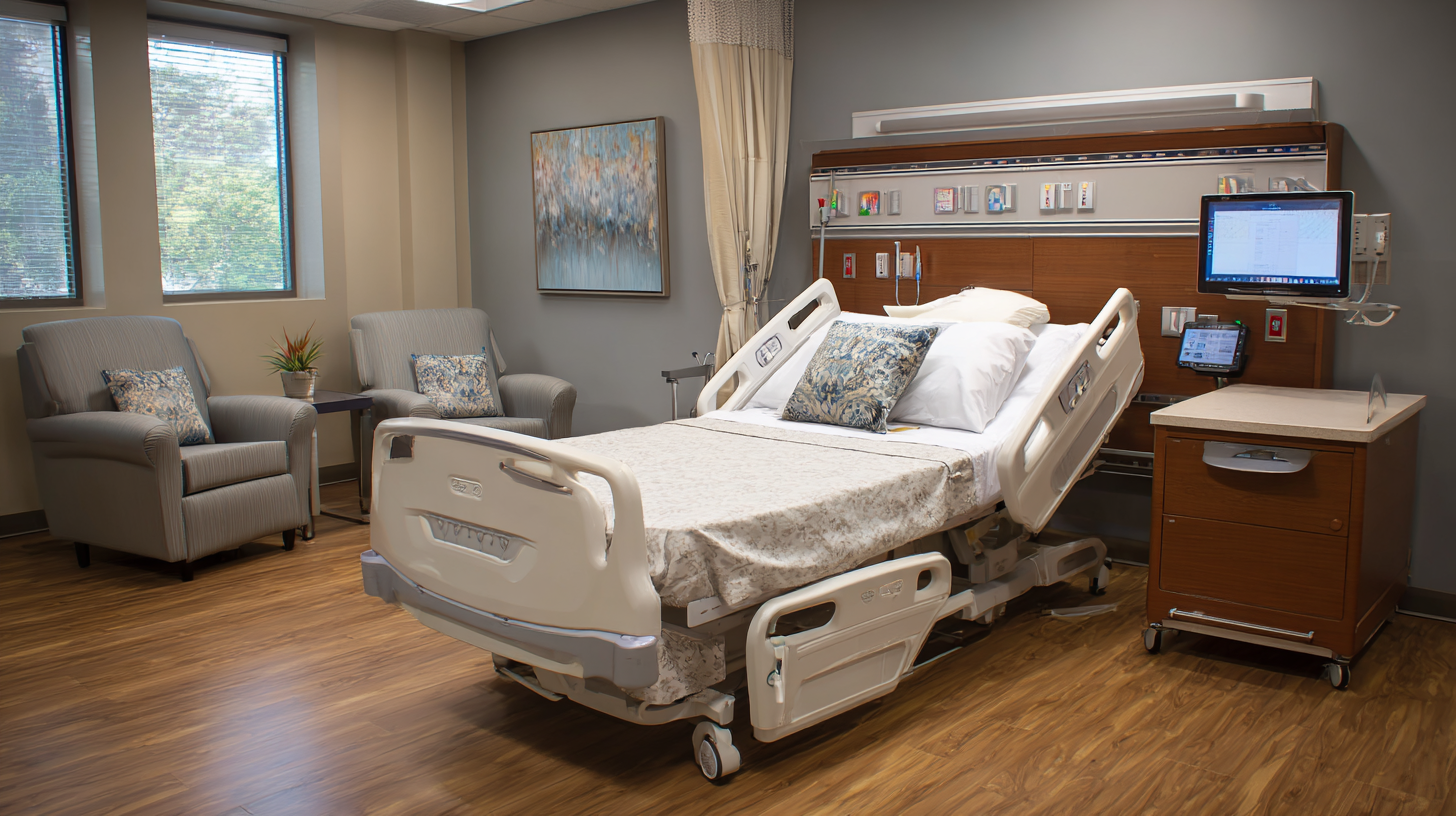
Understand Important Adjustability Features for Comfort
When selecting the right patient bed, understanding the adjustability features is crucial for providing optimal comfort and care. Adjustable beds can cater to individual needs by allowing patients to change their position easily, which can also aid in circulation, reduce pressure sores, and enhance overall comfort. Beds with head, foot, and height adjustments offer significant flexibility, enabling caregivers to position the patient for both ease of access and comfort.
**Tips:** When evaluating adjustability, look for beds with electric controls that are easy to use, especially for patients who may have limited mobility. Furthermore, consider beds that allow for various angles; this flexibility not only supports comfort but also assists in medical treatments. A bed with trendelenburg positioning can be particularly beneficial for certain medical conditions.
Another feature to consider is the compatibility of the bed with various accessories, such as side rails and patient lifts. These features ensure the bed can be customized to support safety and ease of movement, effectively reducing the risk of falls during repositioning. In addition, beds equipped with built-in weight sensors can provide real-time health feedback, enhancing the care process.
How to Choose the Right Patient Bed: Essential Features to Consider for Optimal Care
| Feature | Description | Importance |
|---|---|---|
| Adjustable Height | Allows for easy access for caregivers and comfort for patients. | High |
| Backrest Adjustability | Enables patients to sit up or lie down with ease for dining or relaxation. | High |
| Leg Elevation | Helps improve circulation and reduce swelling in the legs. | Medium |
| Side Rails | Provides safety and prevents falls during sleep. | High |
| Mattress Type | Variety of materials like foam or gel for support and pressure relief. | High |
| Weight Capacity | Support for patients of varying weights to ensure safety. | High |
| Mobility Features | Wheels or mobility options for ease of transport and adjustability. | Medium |
| Control Options | Remote controls or manual adjustments for ease of use. | Medium |
Assess Safety Features to Prevent Patient Injuries
When selecting a patient bed, it is crucial to prioritize safety features to prevent injuries. Among the essential aspects to consider are the bed's height adjustment capabilities and side rail design. Beds that can be adjusted to various heights allow caregivers to easily assist patients, reducing the risk of falls during transfers. Additionally, side rails must be designed to prevent entrapment while still providing support for the patient during movement.
**Tips for Enhanced Safety:**
- Look for beds with a locking mechanism on wheels to ensure stability during use. This feature helps prevent accidental movement, which can be particularly important in busy healthcare settings.
- Choose beds with cushioned side rails, which can minimize the risk of injury if a patient attempts to get out without assistance. Softened edges can provide an added layer of protection.
Another critical feature is the material used in the mattress and bed frame. Opt for surfaces that are easy to clean and resistant to infections, as maintaining hygiene is vital in preventing complications. Always ensure that the mattress fits securely within the bed frame to avoid any gaps that could pose a risk of entrapment.
Consider Additional Accessories for Enhanced Care Solutions
When selecting the right patient bed, it's essential to consider not just the bed itself but also the accessories that can significantly enhance patient care. Accessories such as pressure-relief mattresses can help prevent bedsores, which are a common concern for immobile patients. These specialized mattresses distribute weight evenly and reduce pressure points, making a notable difference in patient comfort and skin integrity.
Additionally, adjustable bed rails are vital for ensuring patient safety and independence. These rails allow patients to reposition themselves with ease and can help prevent falls during transfers. Other accessories, like bedside trays or lift systems, can facilitate access to personal items and make daily tasks more manageable for patients with limited mobility. By integrating these additional features with a suitable patient bed, caregivers can create a more supportive and adaptable environment that meets the unique needs of each patient.
Related Posts
-

How to Select the Best Medical Equipment Supplies for Your Practice
-

Understanding the Advantages of Lung Exercise Machines for Respiratory Health
-

Ultimate Guide to Comparing Medical Crash Carts for Optimal Emergency Preparedness
-
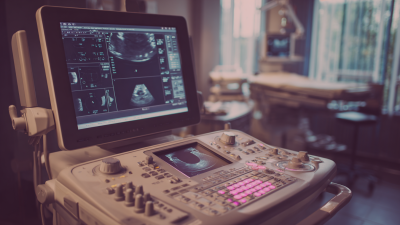
5 Compelling Reasons to Choose Ultrasound Gel for Your Medical Imaging Needs
-

5 Best Health Equipment Solutions for Global Importers
-
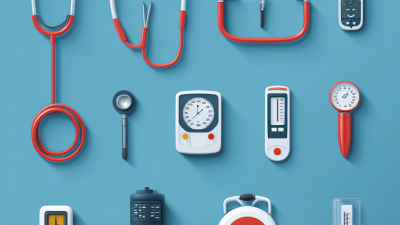
What is the Role of Medical Accessories in Modern Healthcare?
HEMC (Hospital Equipment Manufacturing Company) was established in the year 1981 and has since been engaged in the export of Medical equipments, Hospital equipments, Orthopaedic Implants & instruments, Laboratory equipments, Scientific & Educational products worldwide. Your support has made us a "Government of India" recognised export house. Our goods have reached all continents from "The Americas" to "Europe" and beyond…